In the early 1900s, Great Kills was a small, waterfront community on the South Shore of Staten Island, with a life closely tied to the water and the railroad. Its character was distinctly rural and maritime, standing in sharp contrast to the more urbanized neighborhoods on the island’s North Shore. The name “Great Kills” came from the Middle Dutch word “kille,” meaning “creek” or “channel,” a direct reference to the waterways that defined the area.
Life and the local economy revolved around Great Kills Harbor. The harbor was a center for oystering, clamming, and fishing. Local watermen set out each day in small, durable wooden boats, known as skiffs and sharpies, to work the rich shellfish beds of the surrounding bay. Their catch was a primary source of income and food for the community. Small boatyards and marine railways dotted the shoreline, where craftsmen built and repaired the vessels essential to this way of life.
The settlement itself was clustered near the shore and along the main roads like Amboy Road and Giffords Lane. The community was not densely populated. Houses were primarily modest, wood-frame structures, often with gardens where residents grew their own vegetables. There were a few larger Victorian-era homes belonging to sea captains and more prosperous families. Unpaved dirt roads were common, and much of the surrounding area consisted of salt marshes, woods, and small farms.
Read more
The Staten Island Railway was the critical link to the rest of the island and the ferry to Manhattan. The Great Kills station was a simple, one-story wooden building that served as the community’s hub. Each day, the steam-powered trains would arrive, bringing mail, supplies, and the few residents who commuted to jobs elsewhere. The train’s whistle was a familiar sound throughout the village.
Local commerce consisted of a few essential businesses. A general store supplied families with groceries, hardware, and other necessities. There was also a post office, often located within the general store, and a local tavern that served as a social gathering spot for the area’s oystermen and farmers. The overall pace of life was quiet, dictated by the tides and the train schedule.


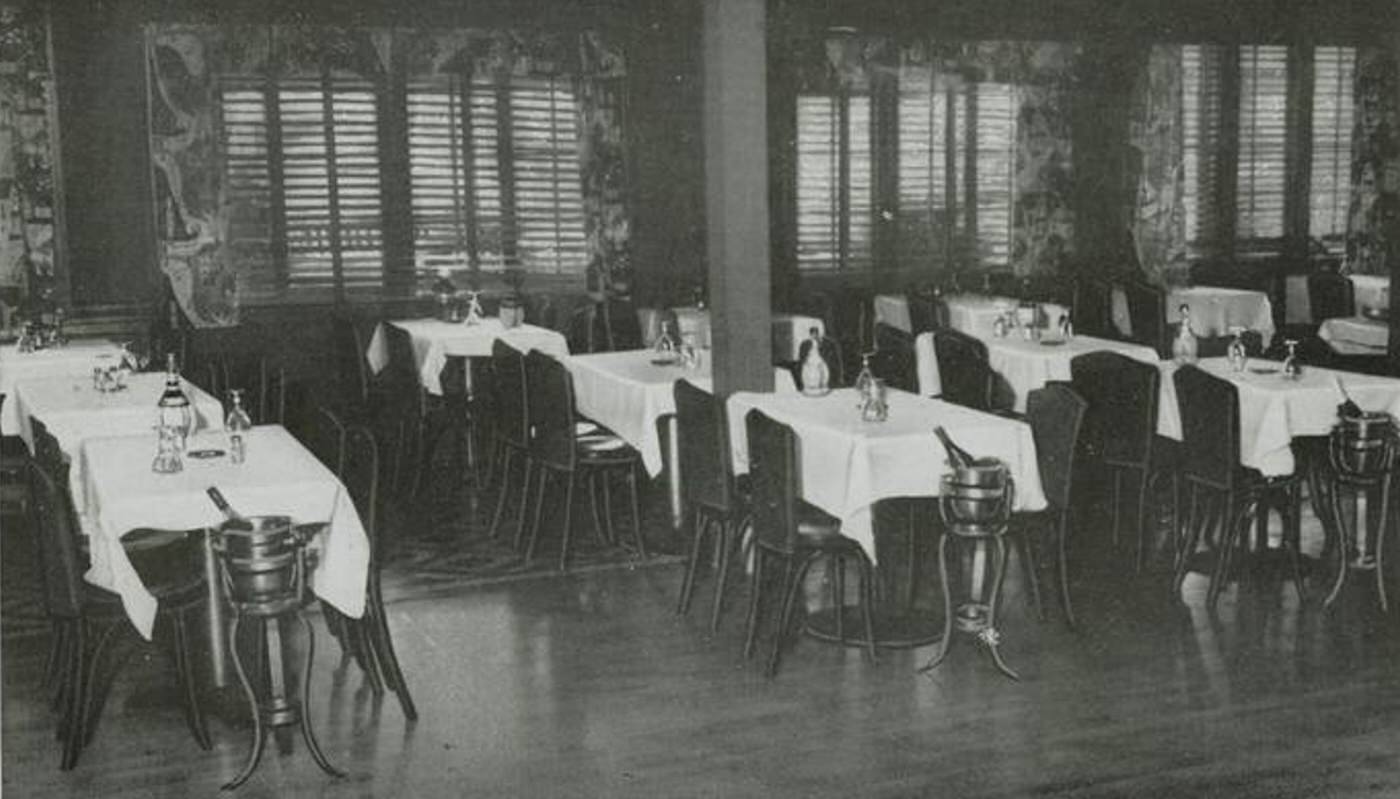
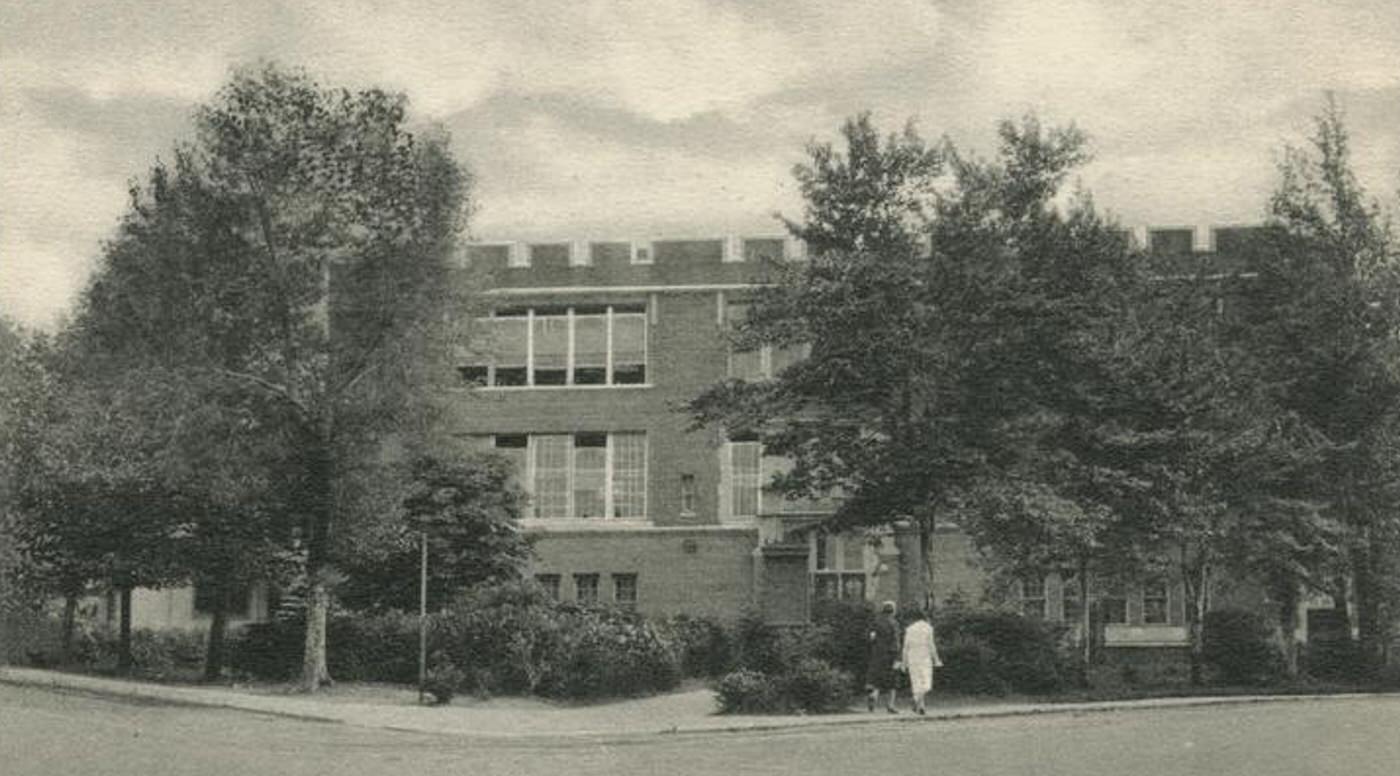
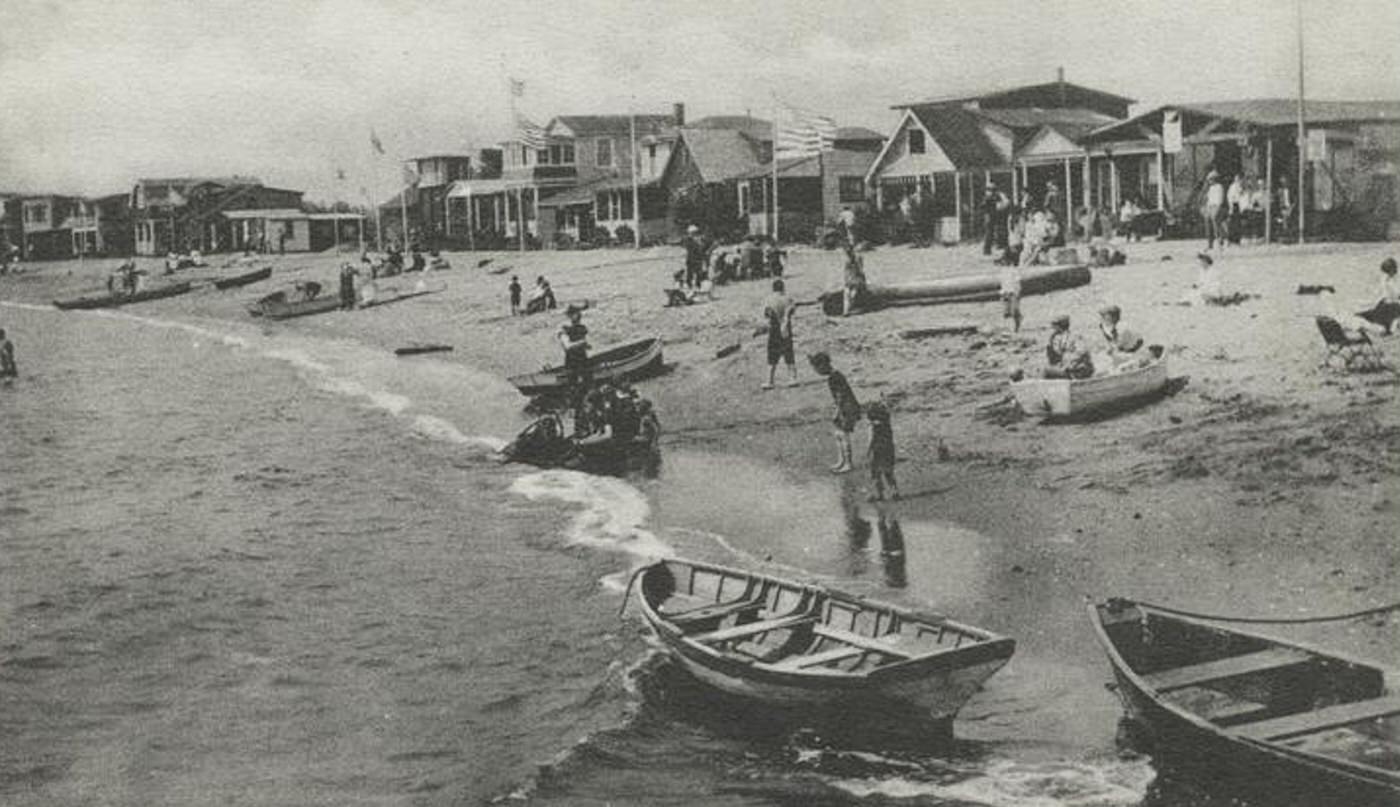
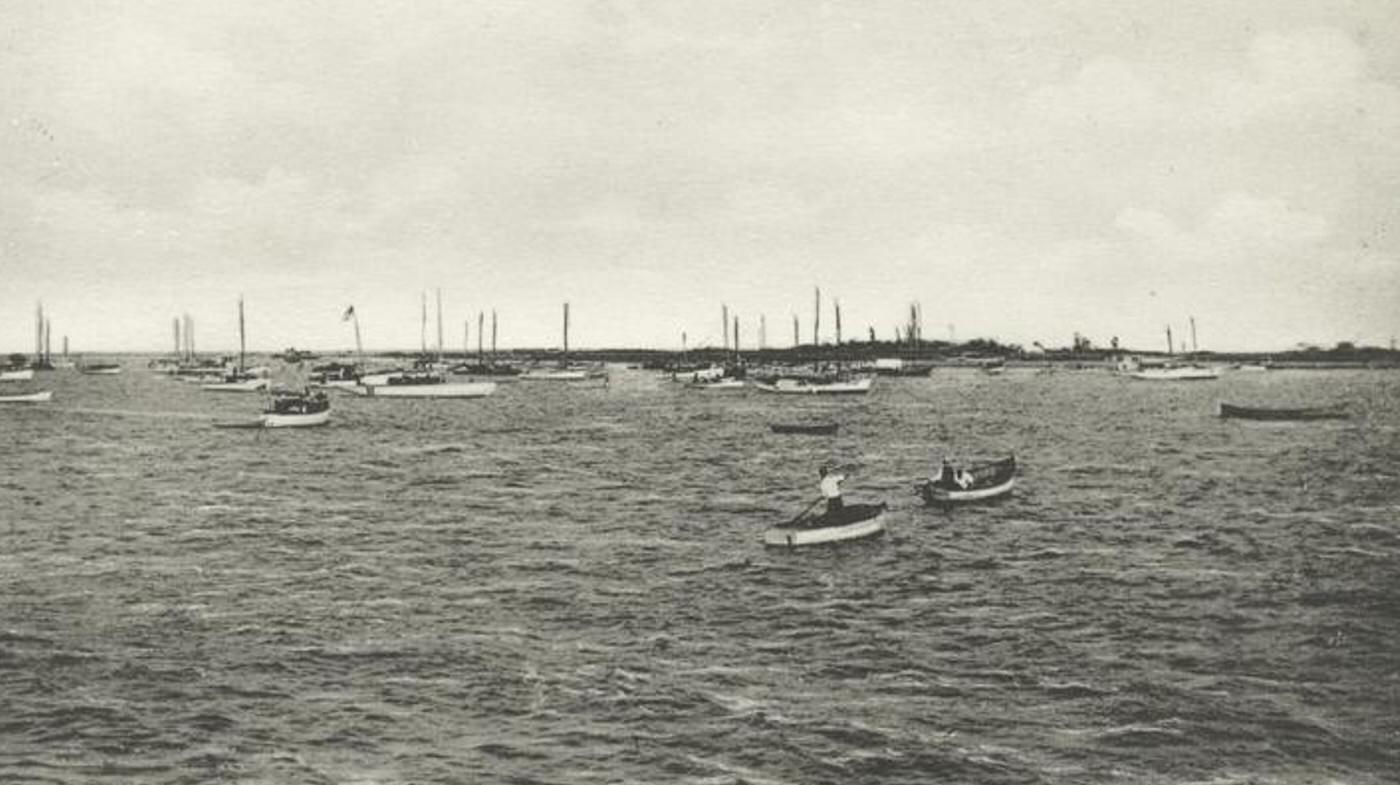
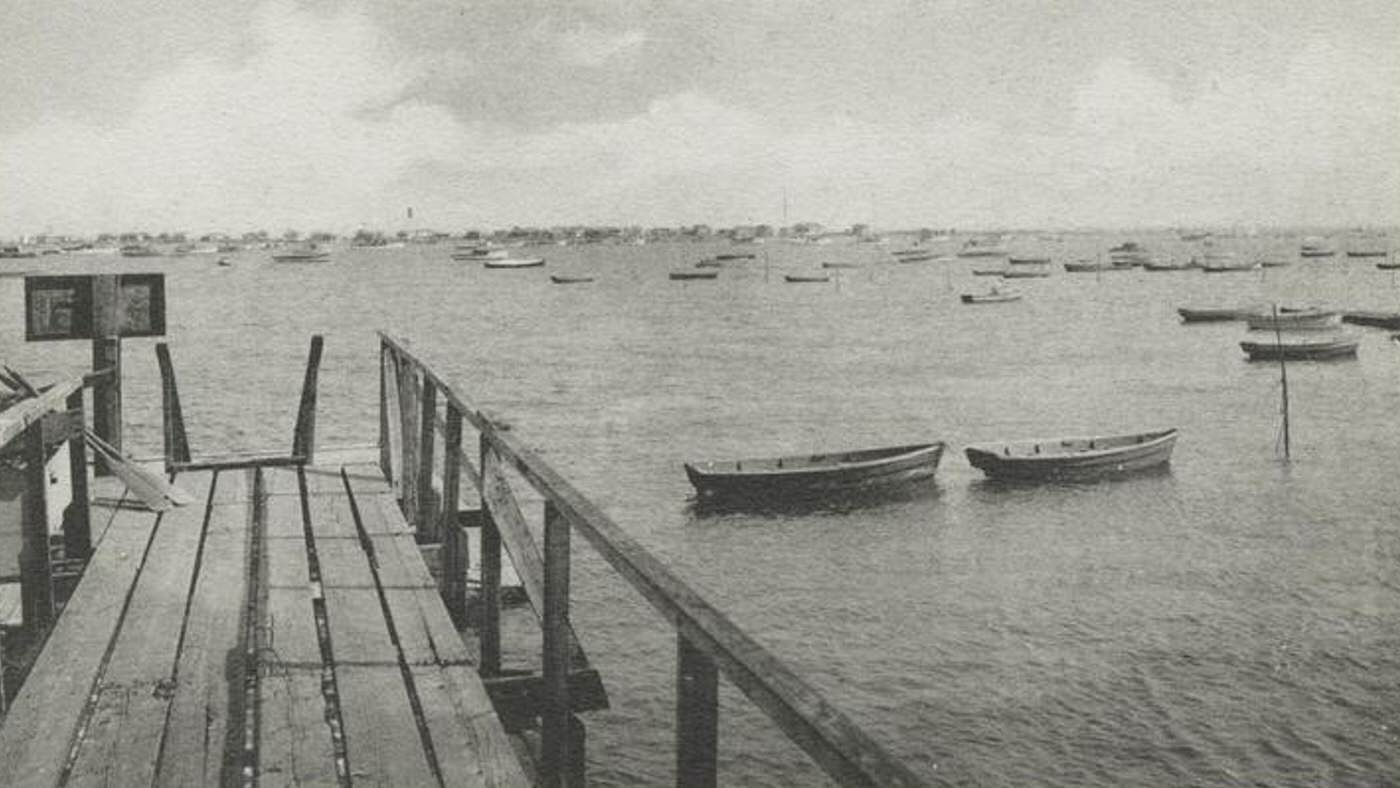
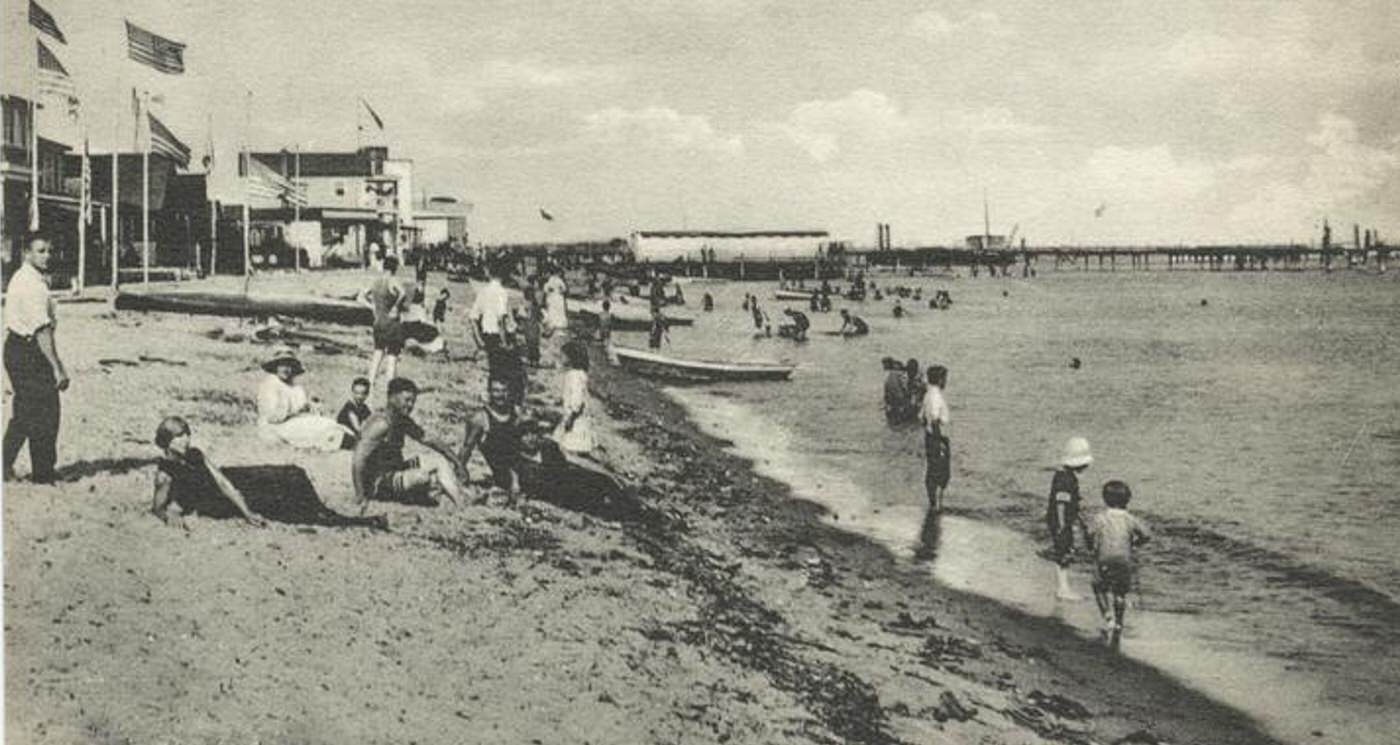
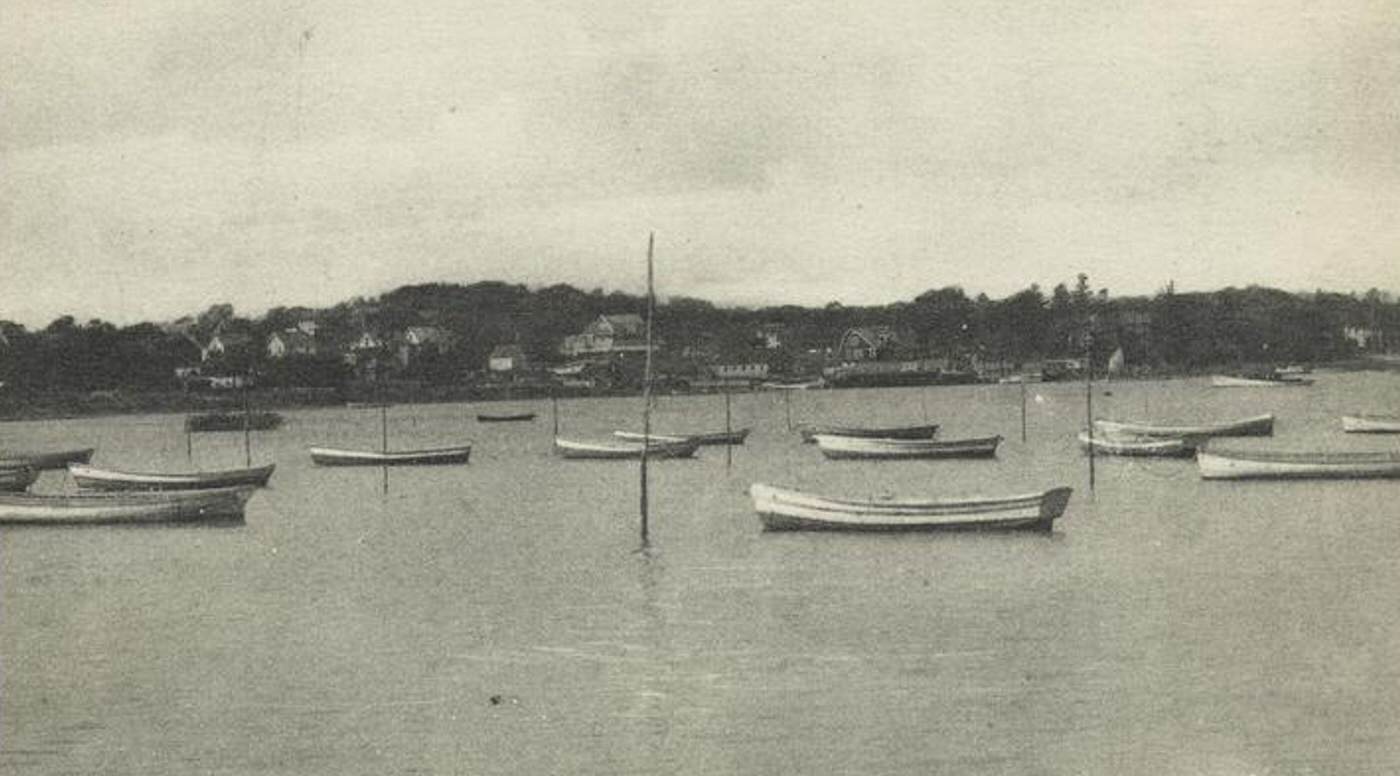
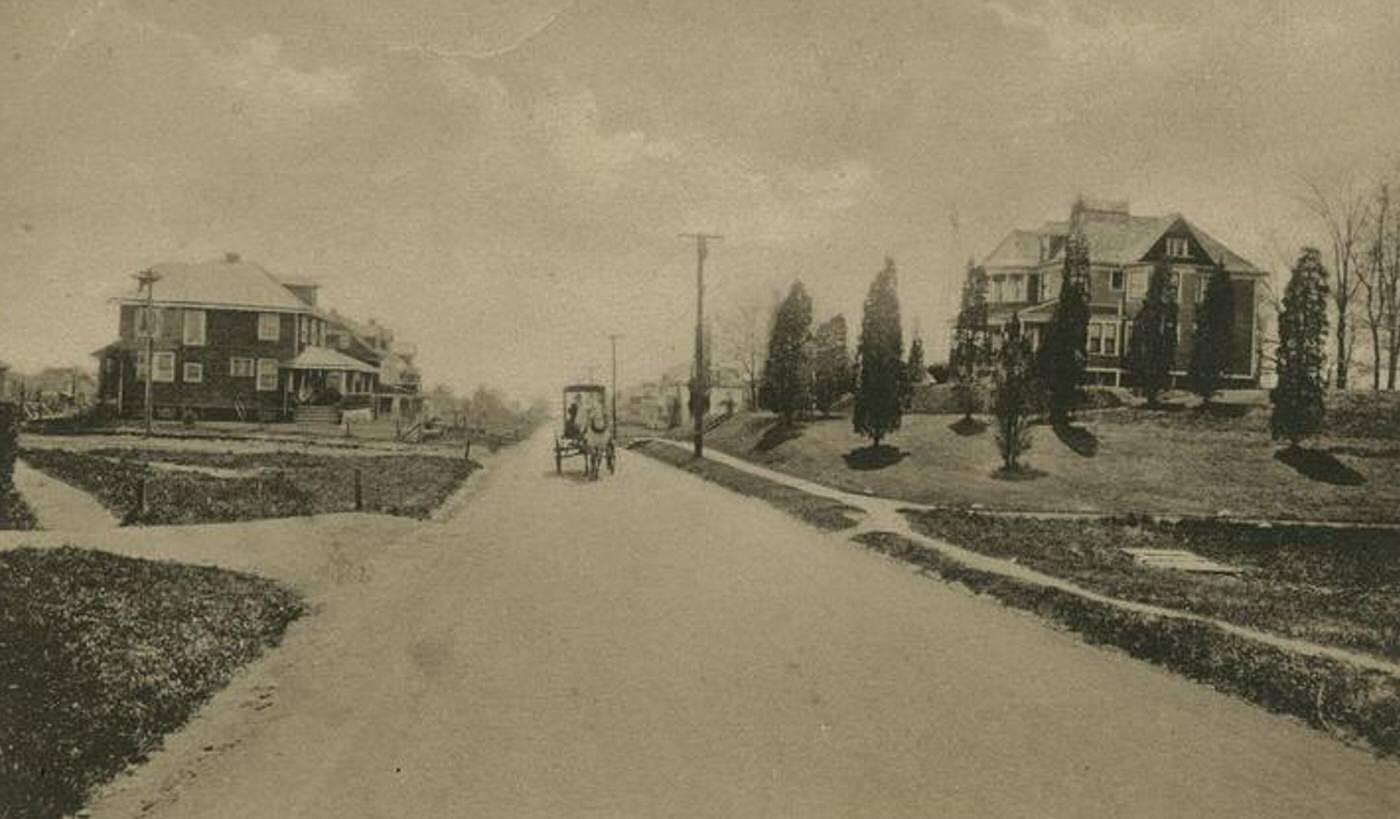
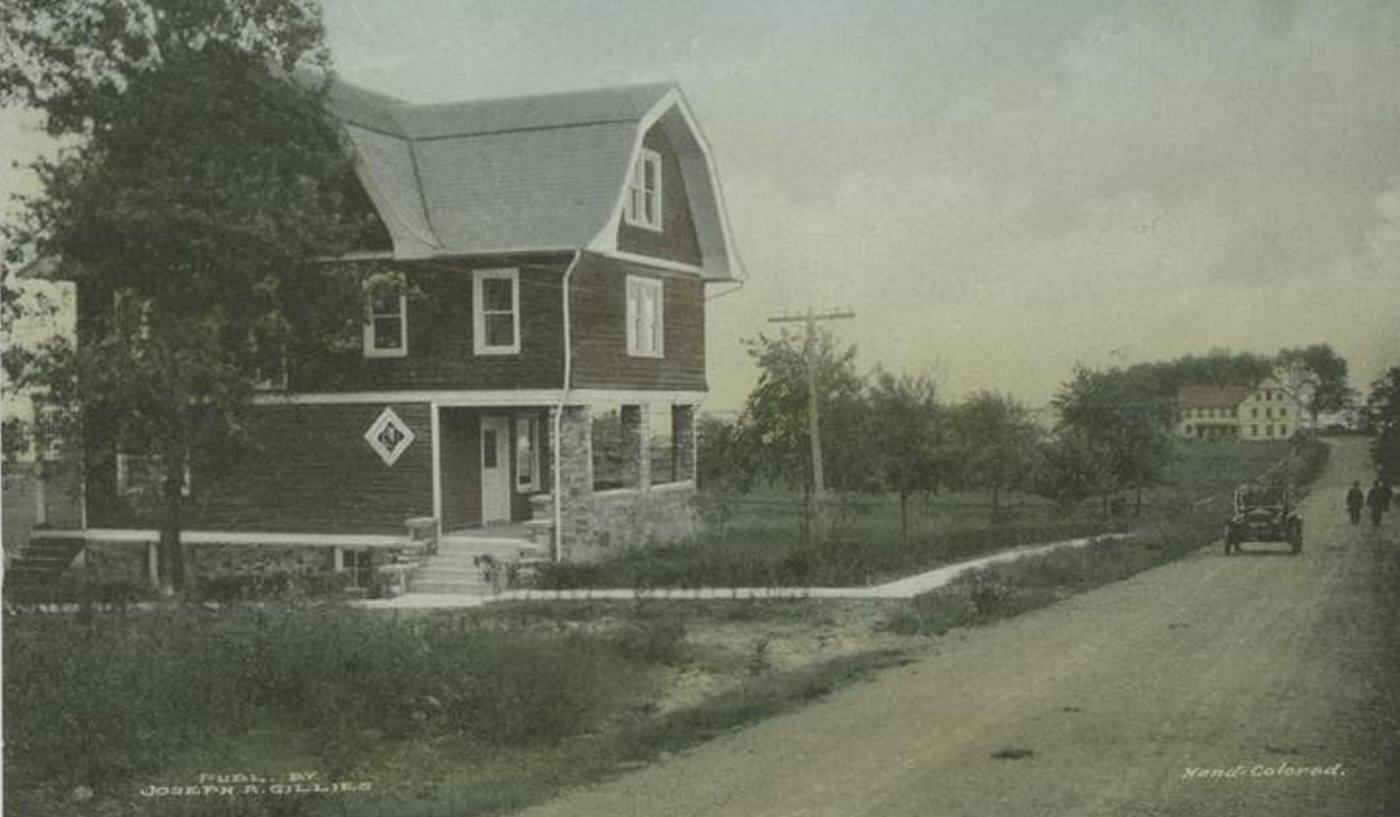
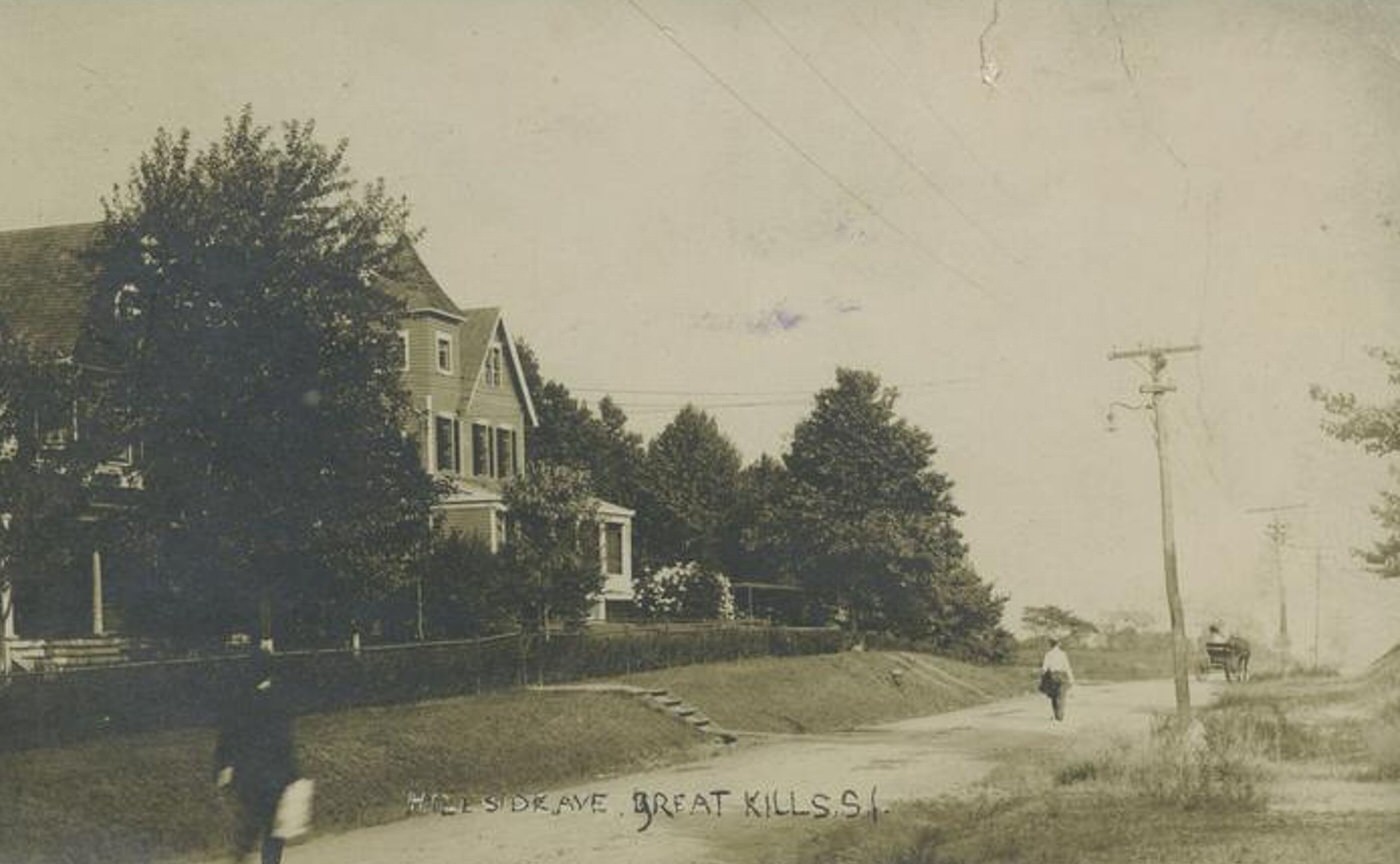
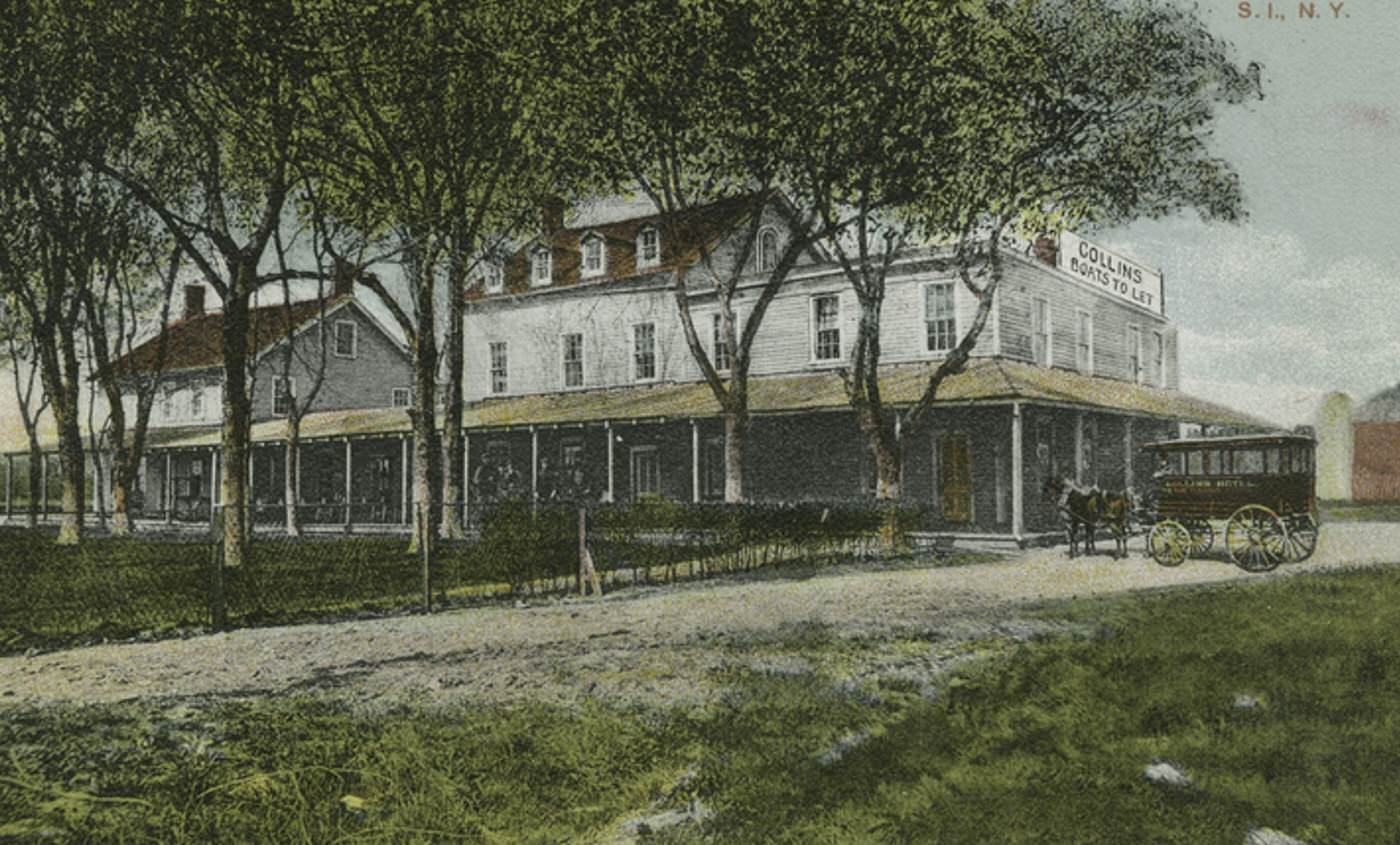
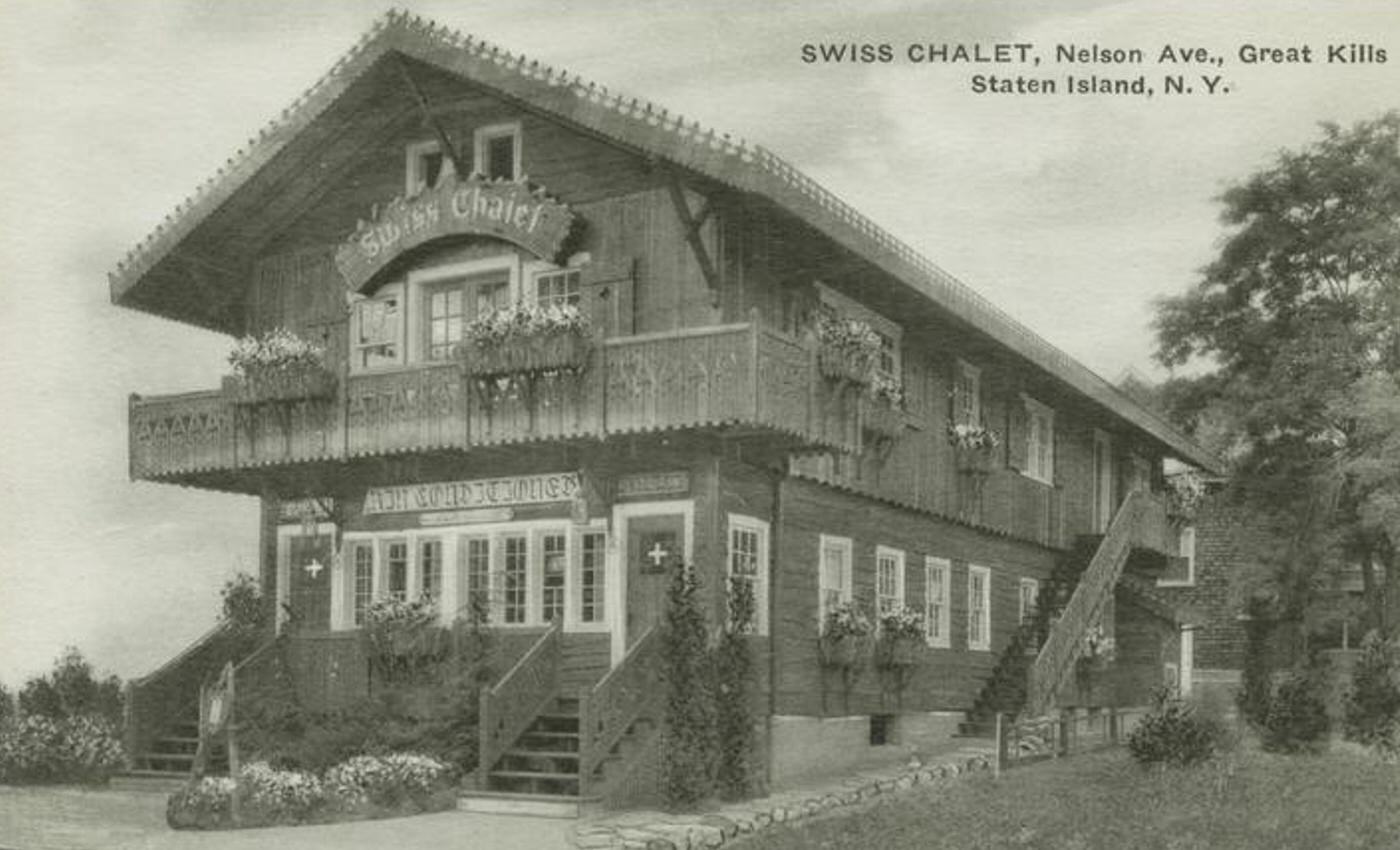
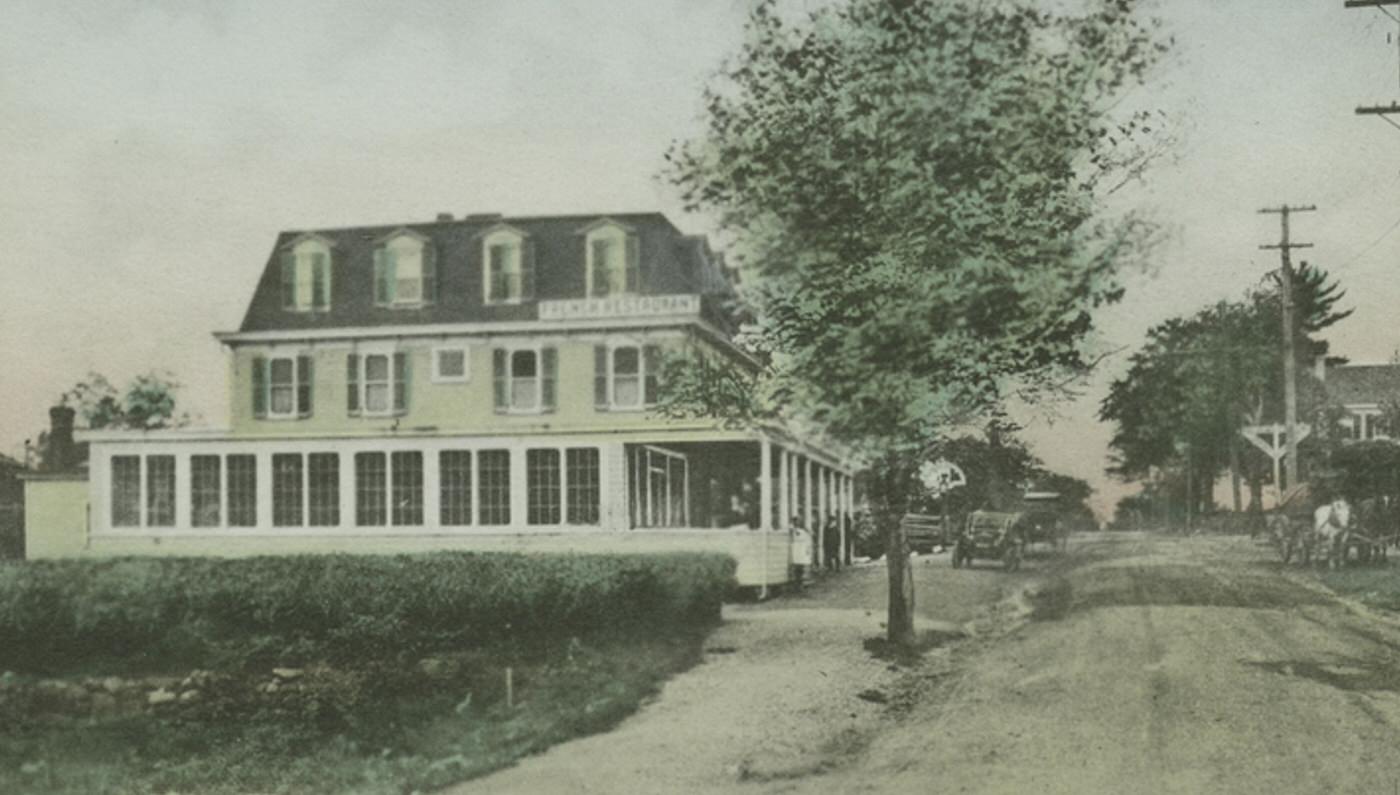
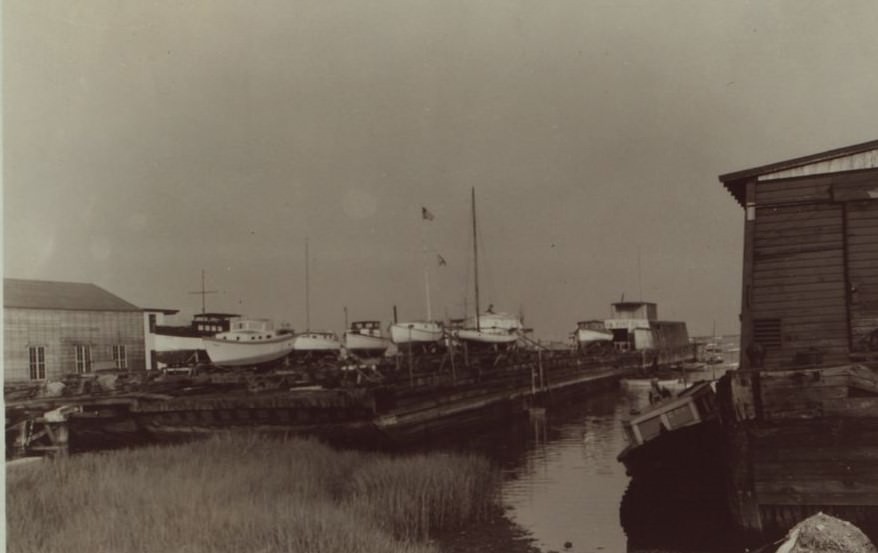
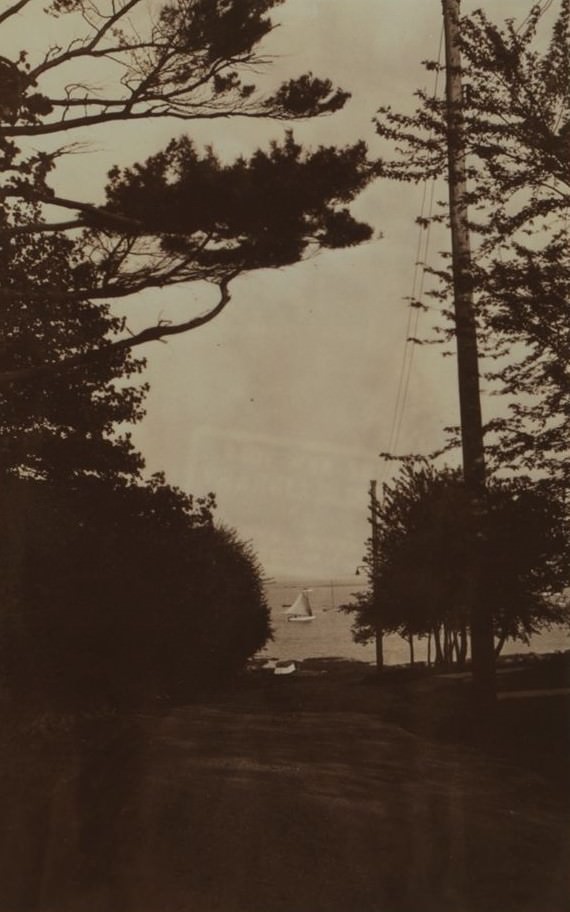
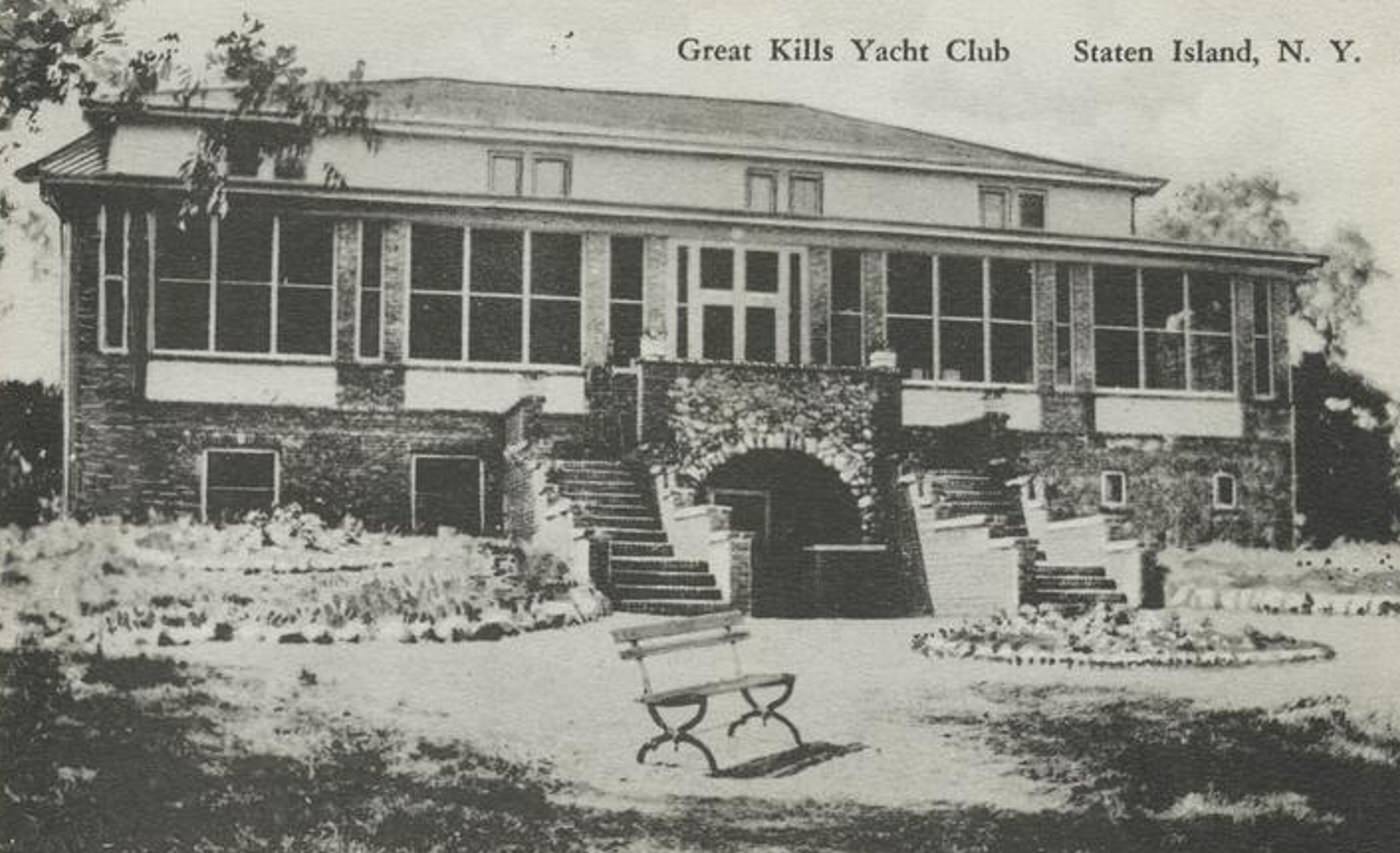
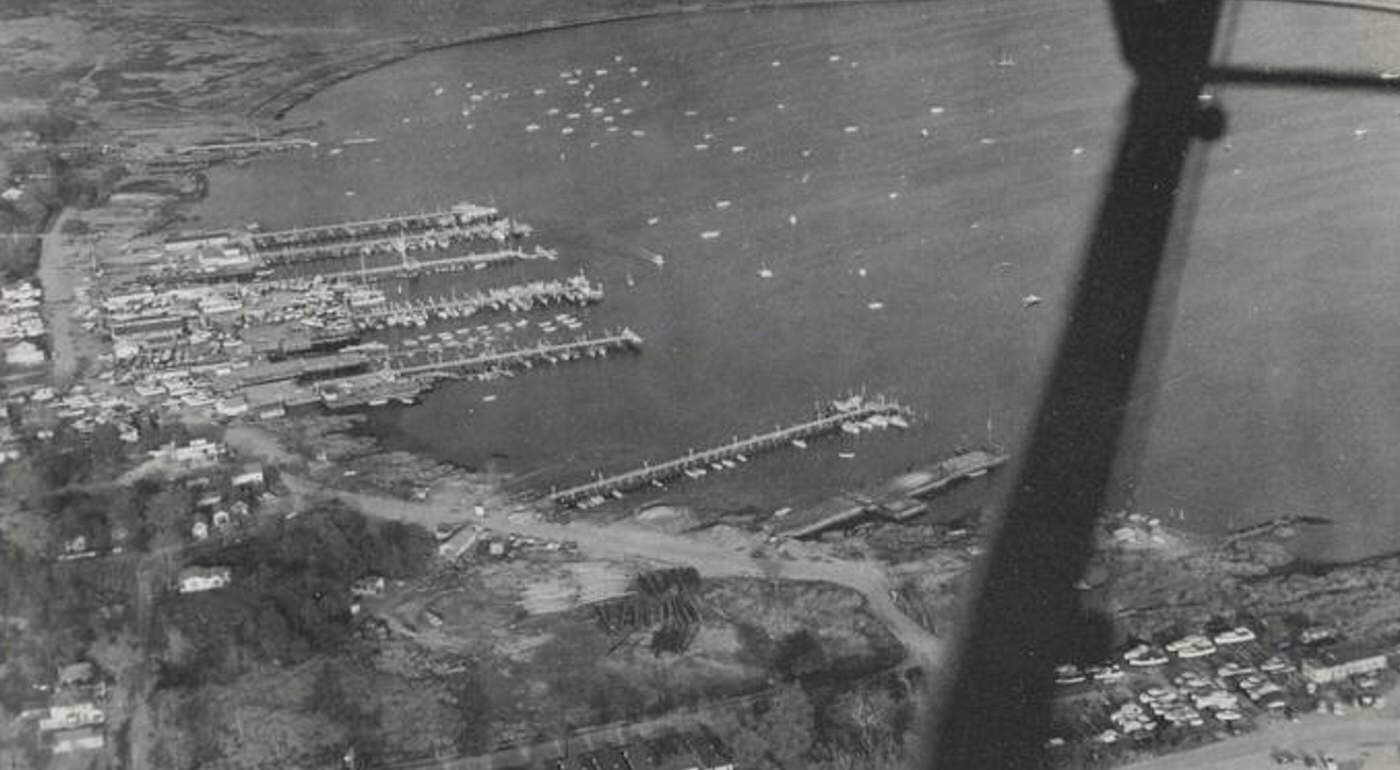
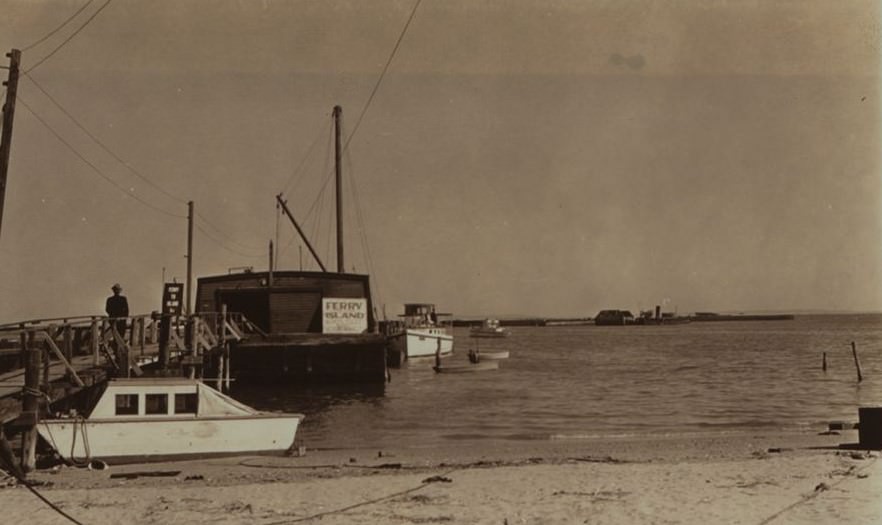
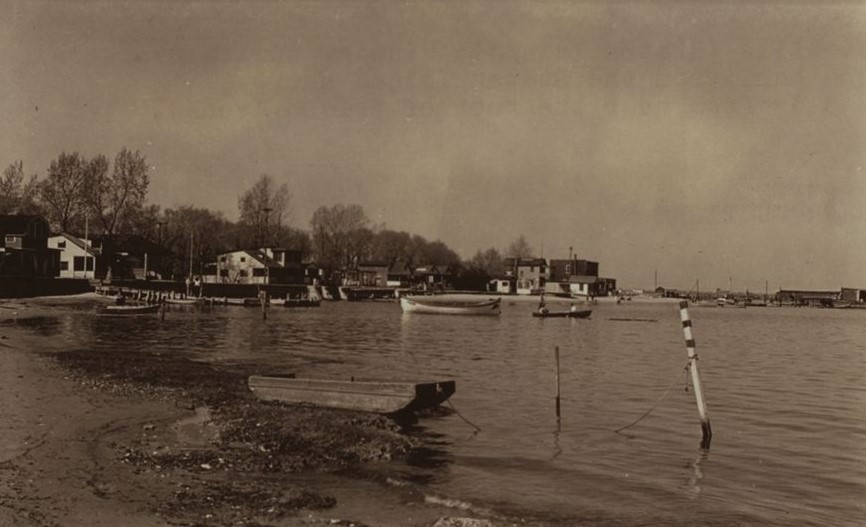
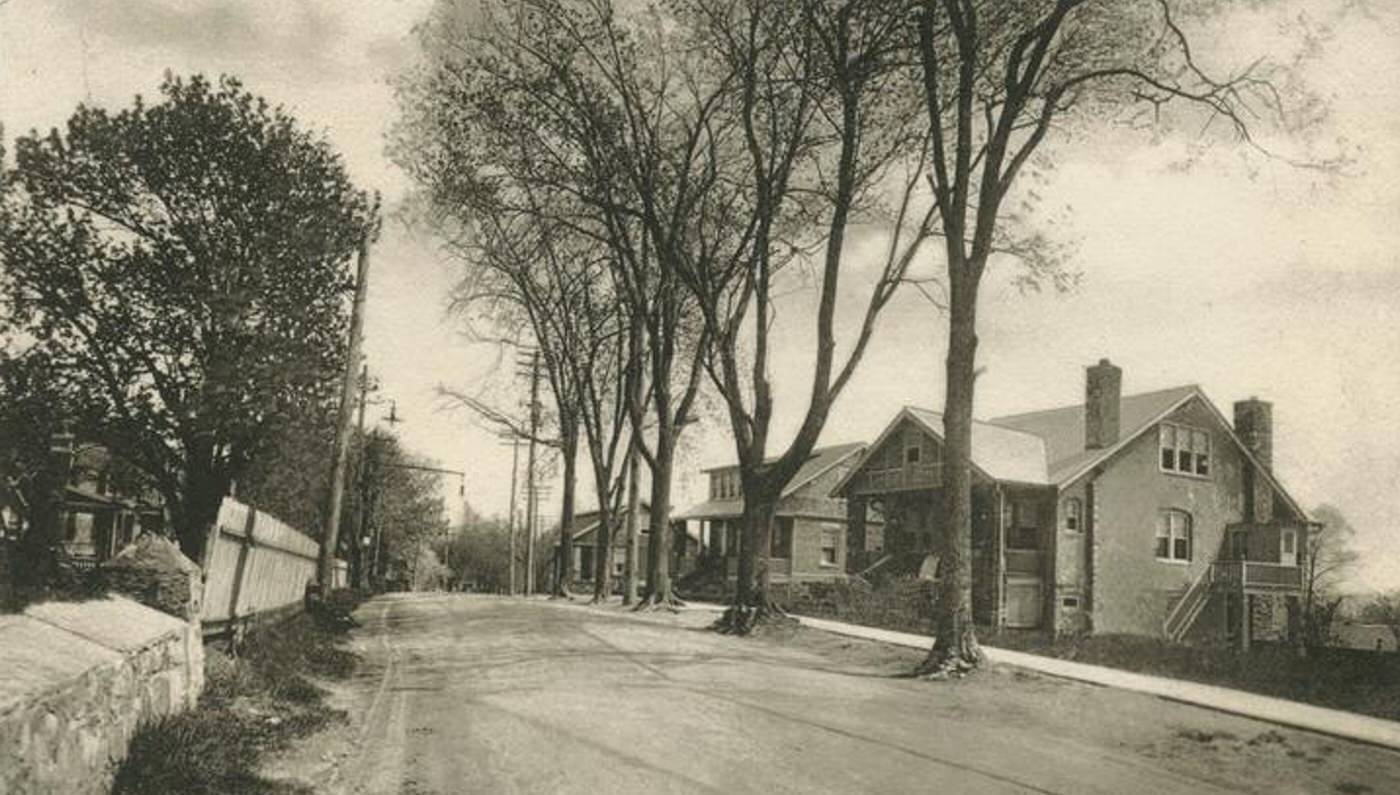
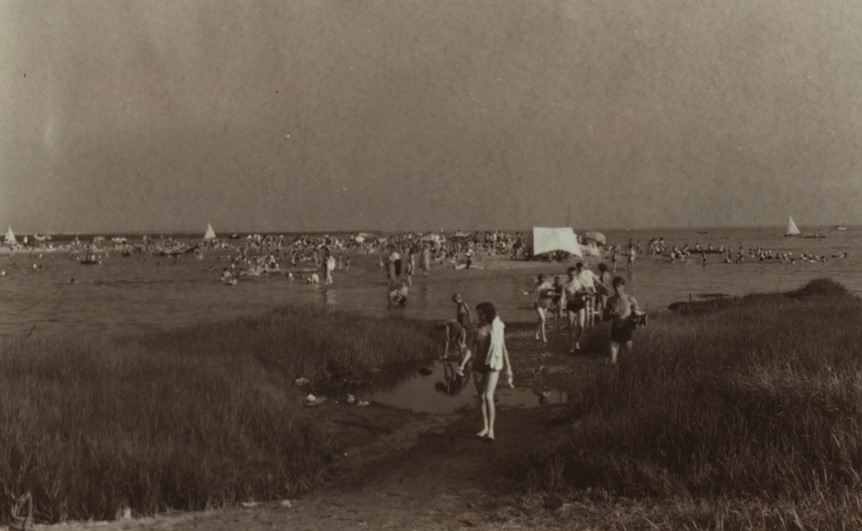
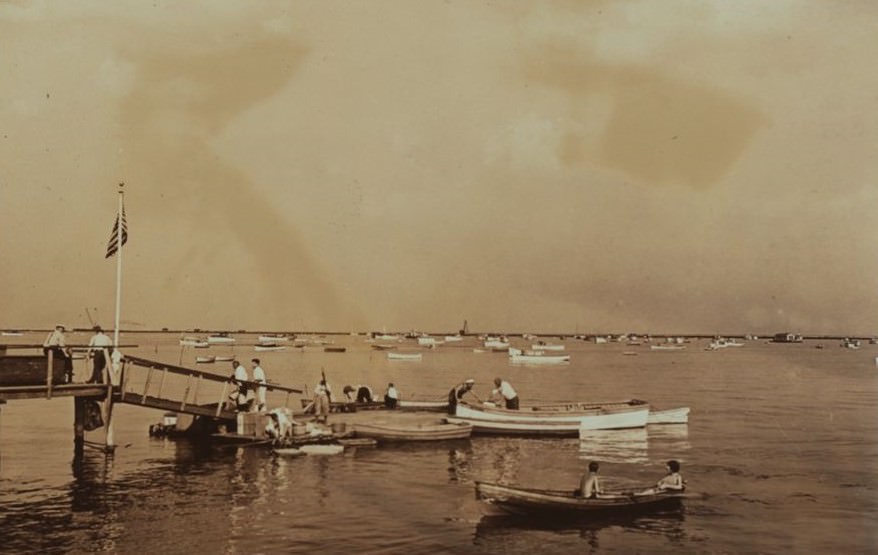
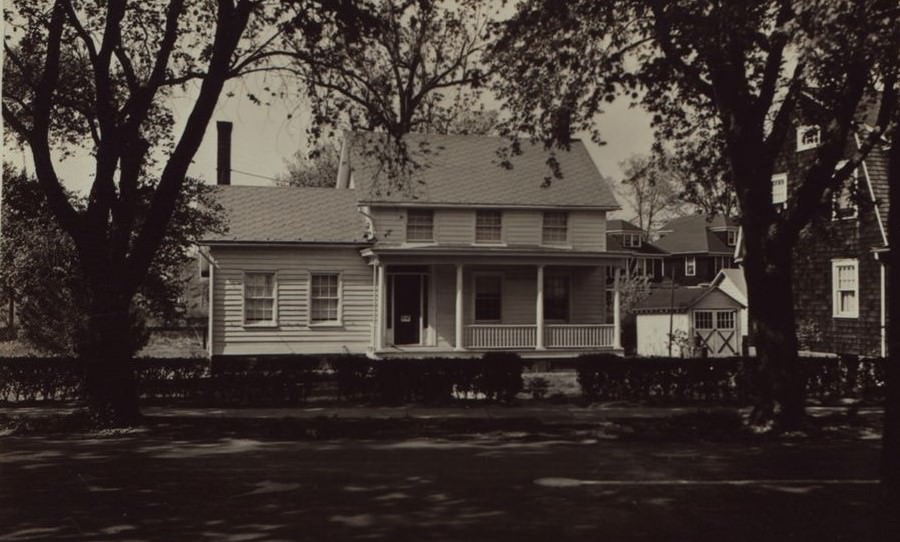
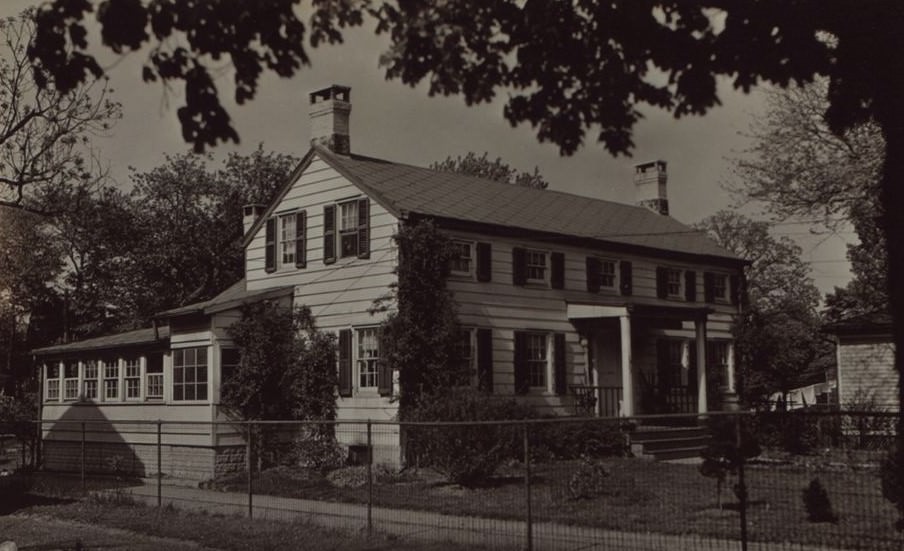
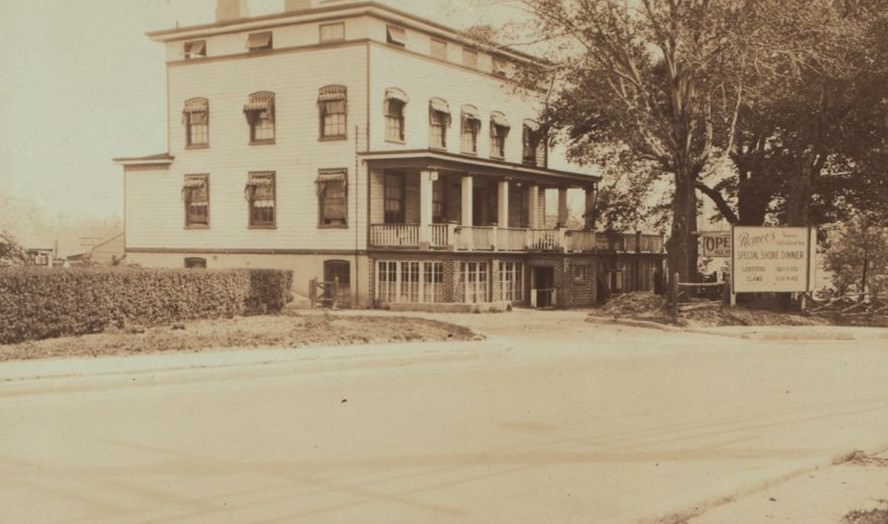
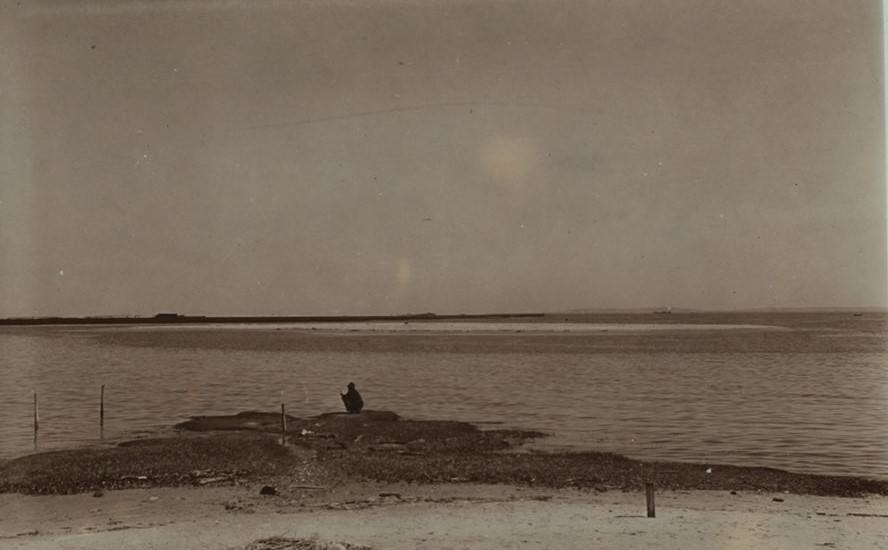
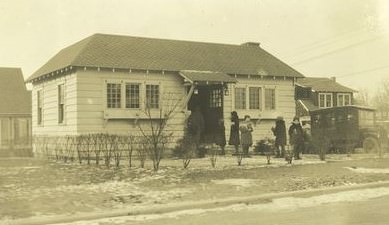
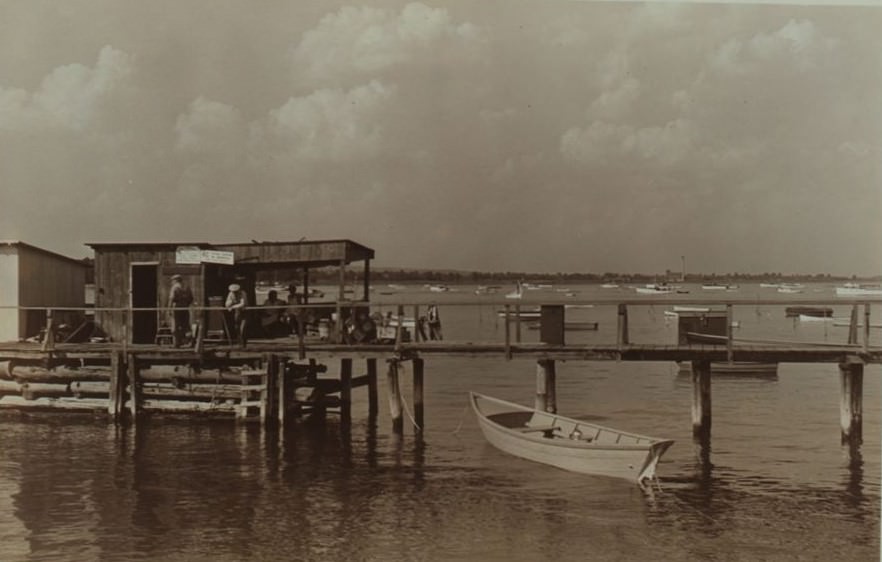
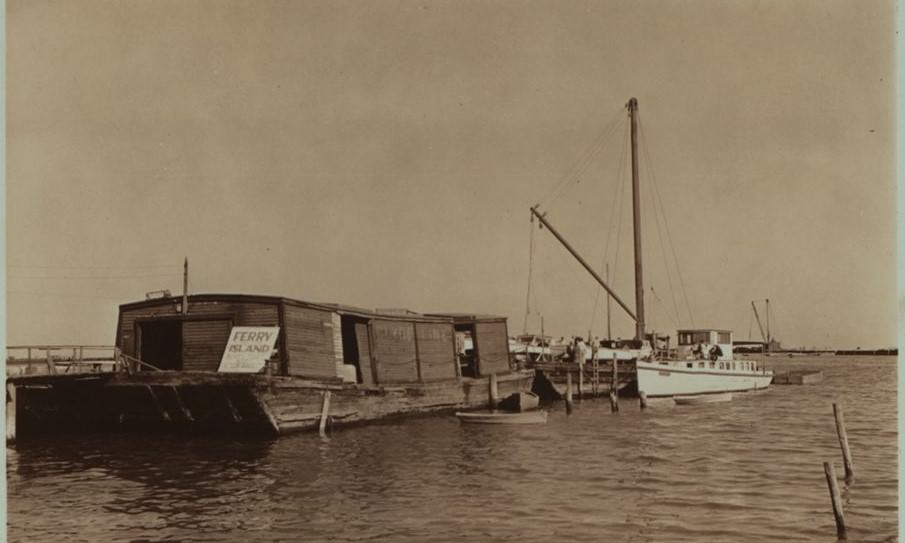
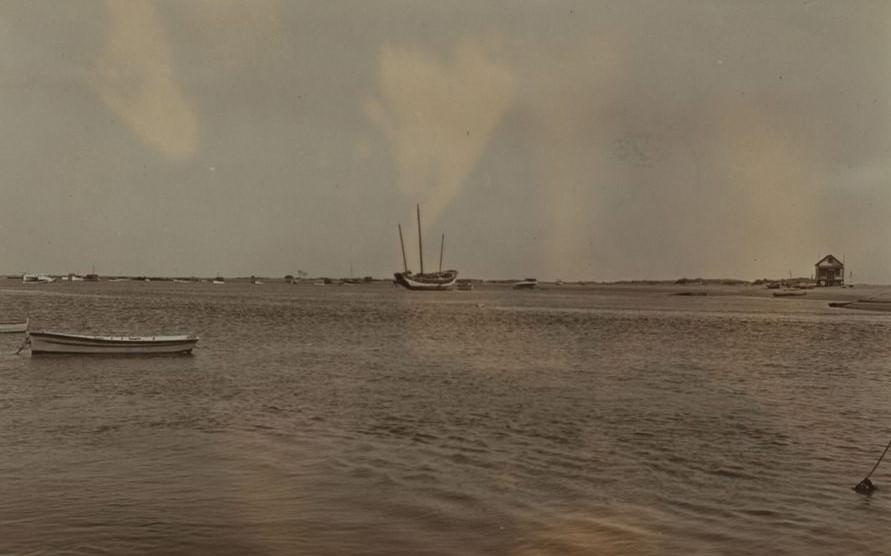
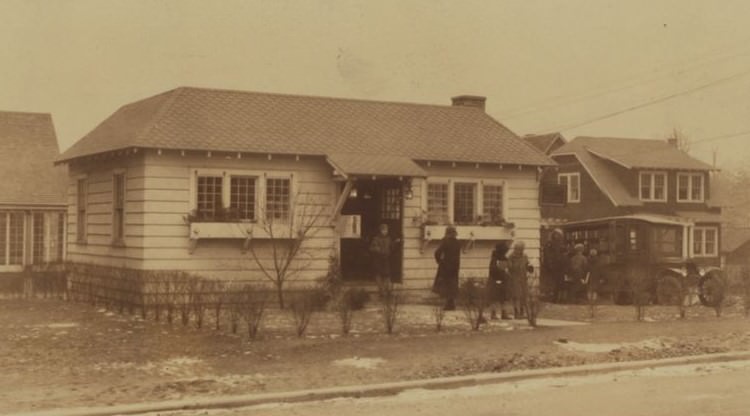
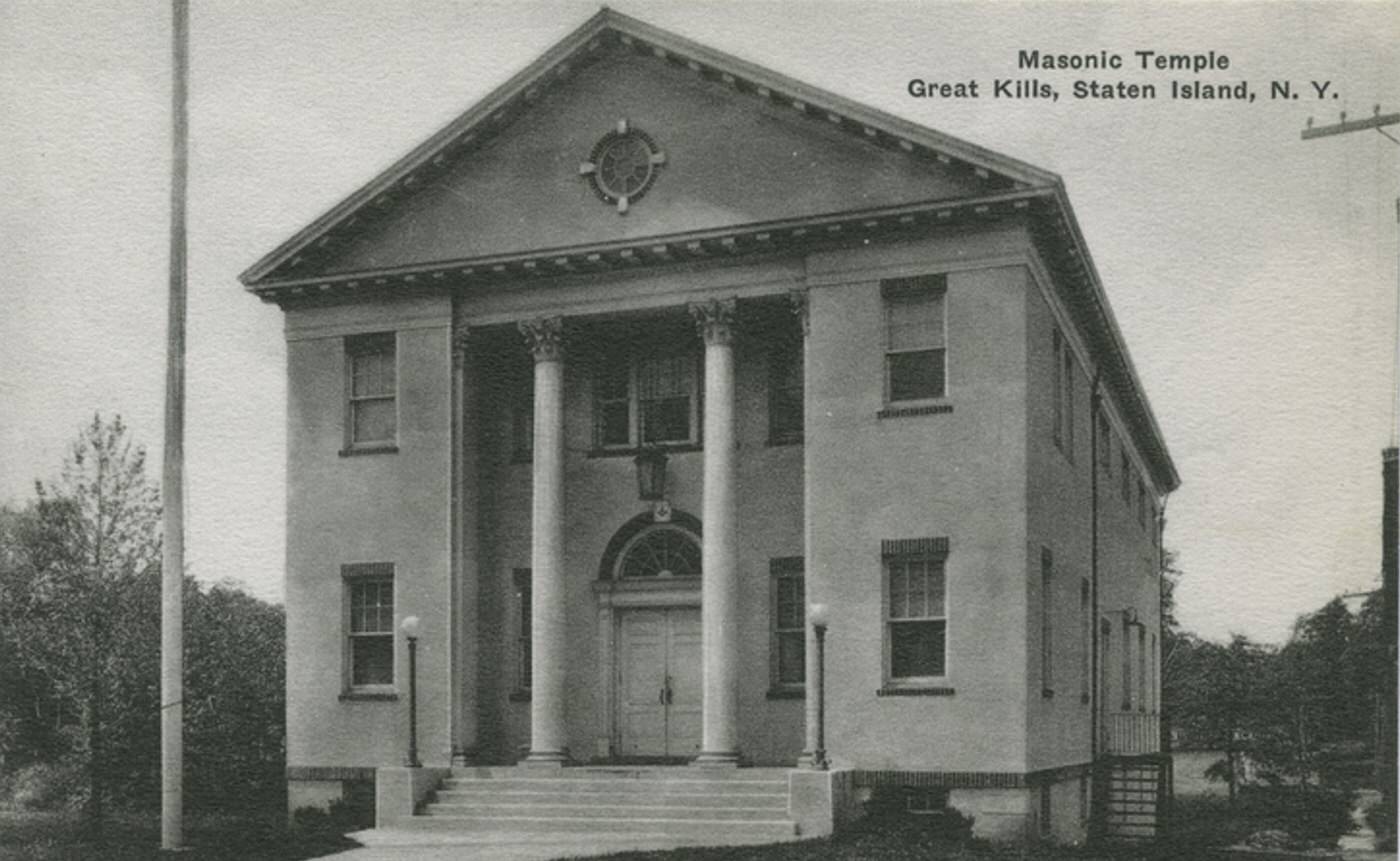
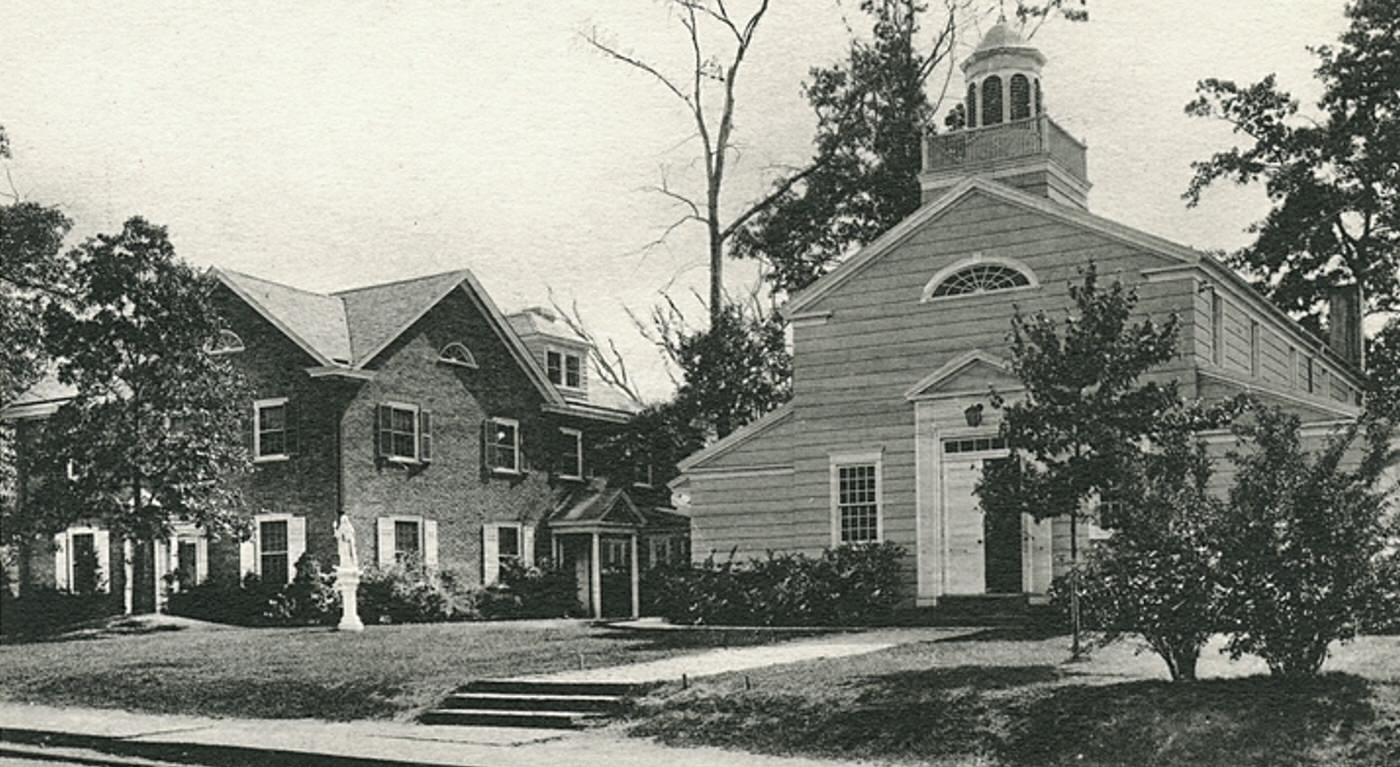
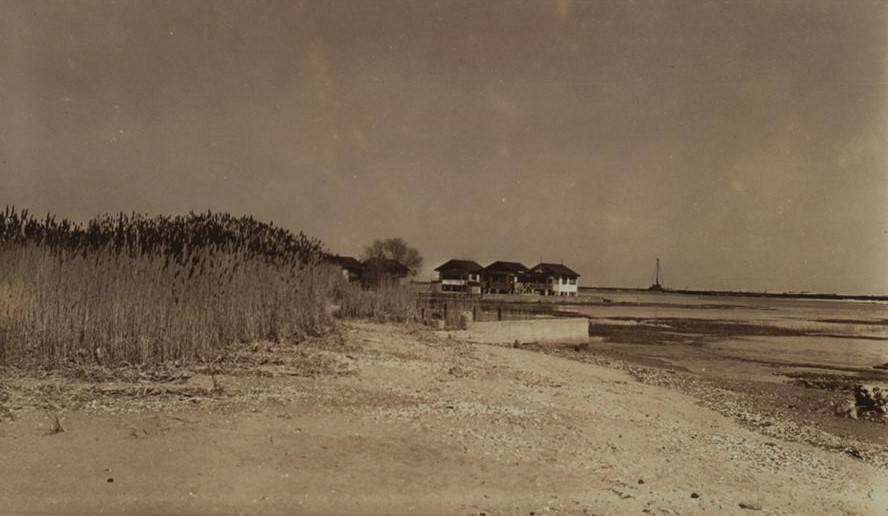

GIPHY App Key not set. Please check settings